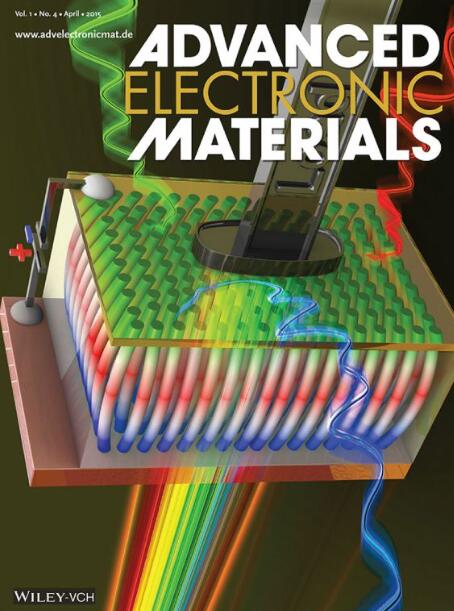Extreme Enhancement‐Mode Operation Accumulation Channel Hydrogen‐Terminated Diamond FETs with Vth < −6 V and High on‐Current
IF 5.3
2区 材料科学
Q2 MATERIALS SCIENCE, MULTIDISCIPLINARY
引用次数: 0
Abstract
In this work, a new Field Effect Transistor device concept based on hydrogen‐terminated diamond (H‐diamond) is demonstrated that operates in an Accumulation Channel rather than a Transfer Doping regime. The FET devices demonstrate both extreme enhancement‐mode operation and high on‐current with improved channel charge mobility compared to Transfer‐Doped equivalents. Electron‐beam evaporated AlVth < - 6 V和高导通电流的极增强模式操作积累通道氢端金刚石场效应管
在这项工作中,基于氢端金刚石(H - diamond)的一种新的场效应晶体管器件概念被证明在积累通道而不是转移掺杂机制下工作。与转移掺杂等效器件相比,FET器件表现出极端的增强模式操作和高导通电流,并改善了通道电荷迁移率。利用电子束蒸发Al2O3在H -金刚石上抑制了转移掺杂机制,产生了极高的非门控通道电阻。具有非固定费米能级的高质量H -金刚石表面是至关重要的,通过门控封装在双Al2O3层中的整个器件通道,可以形成高密度的孔积累层。栅极/通道长度为1 μ m的完整器件显示记录阈值电压<;−6 V带导通电流>;80ma mm−1。通过CV分析提取的载流子密度和迁移率数据表明,与传统的转移掺杂H -金刚石场效应管相比,载流子密度高达约2 × 1012 cm−2,空穴迁移率高达110 cm2 V−1 s−1。这些结果展示了迄今为止最负的H -金刚石fet阈值电压,并强调了一种强大的新策略,可以大大提高载流子迁移率,增强高功率和高频金刚石晶体管的性能。
本文章由计算机程序翻译,如有差异,请以英文原文为准。
求助全文
约1分钟内获得全文
求助全文
来源期刊

Advanced Electronic Materials
NANOSCIENCE & NANOTECHNOLOGYMATERIALS SCIE-MATERIALS SCIENCE, MULTIDISCIPLINARY
CiteScore
11.00
自引率
3.20%
发文量
433
期刊介绍:
Advanced Electronic Materials is an interdisciplinary forum for peer-reviewed, high-quality, high-impact research in the fields of materials science, physics, and engineering of electronic and magnetic materials. It includes research on physics and physical properties of electronic and magnetic materials, spintronics, electronics, device physics and engineering, micro- and nano-electromechanical systems, and organic electronics, in addition to fundamental research.
 求助内容:
求助内容: 应助结果提醒方式:
应助结果提醒方式:


